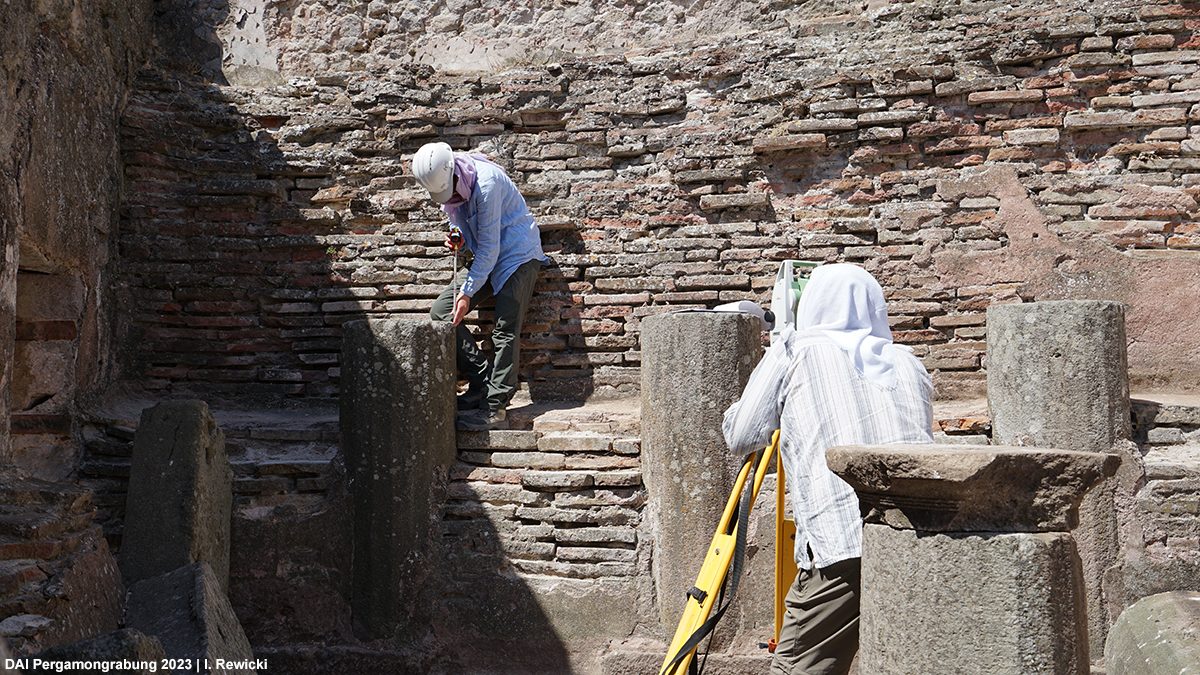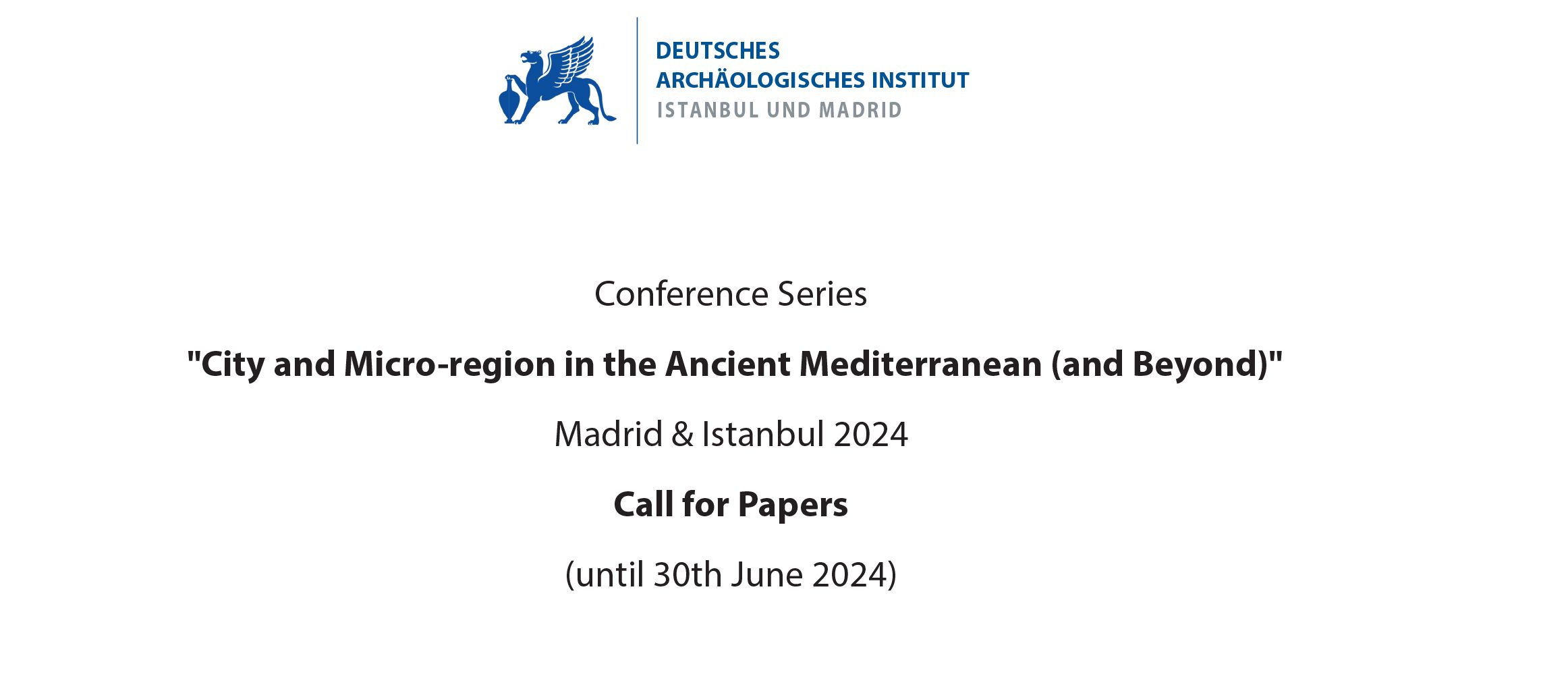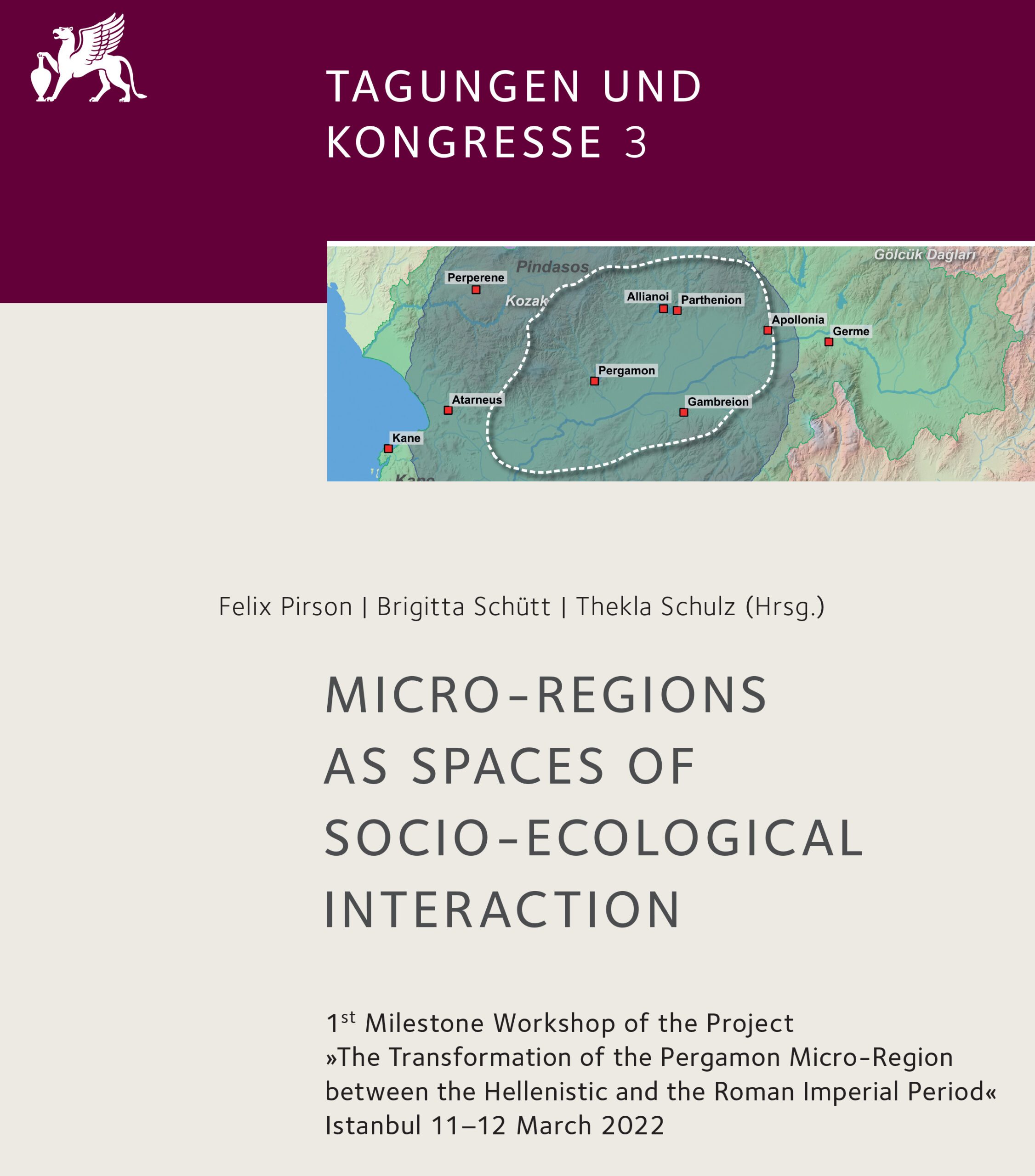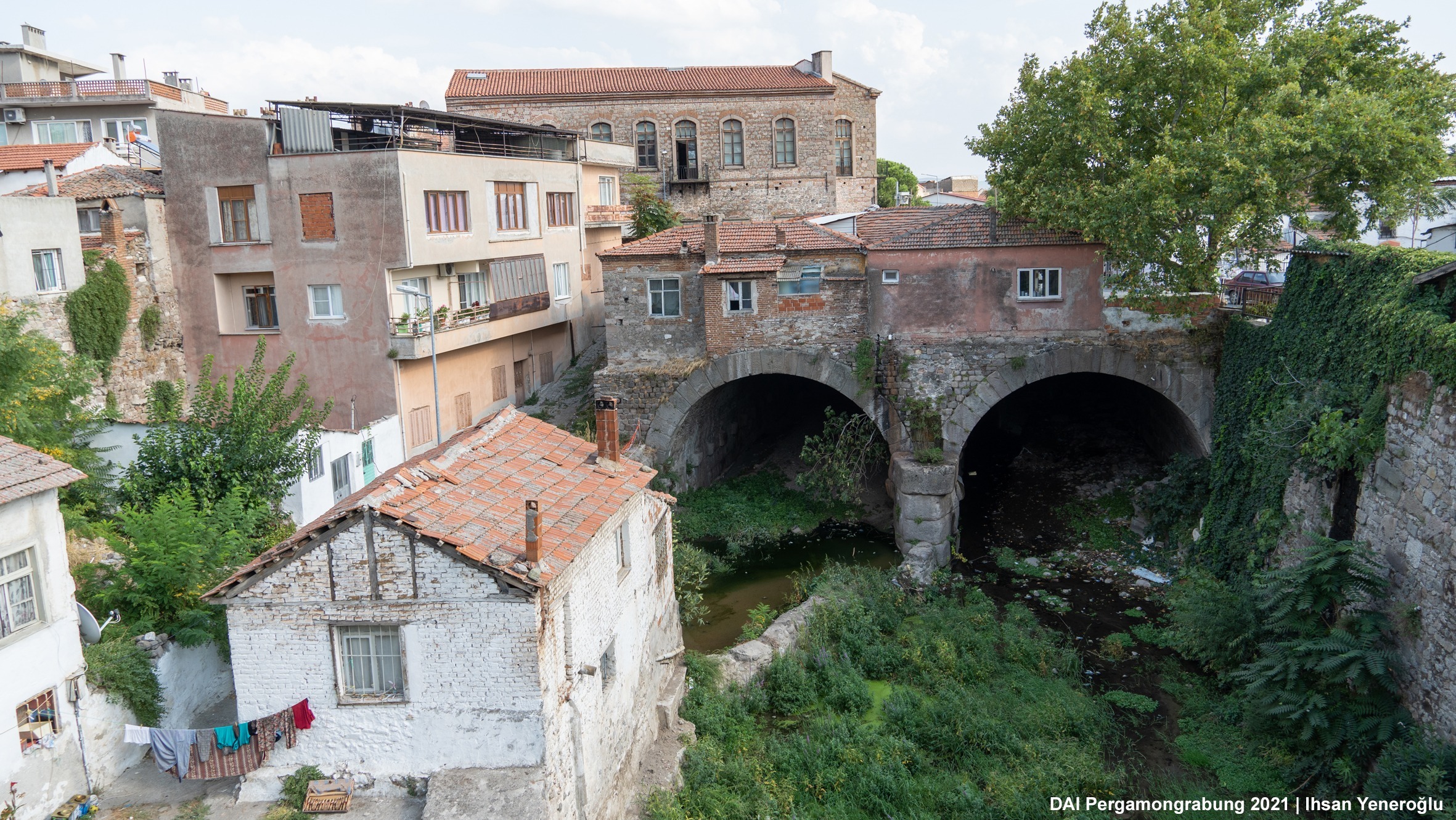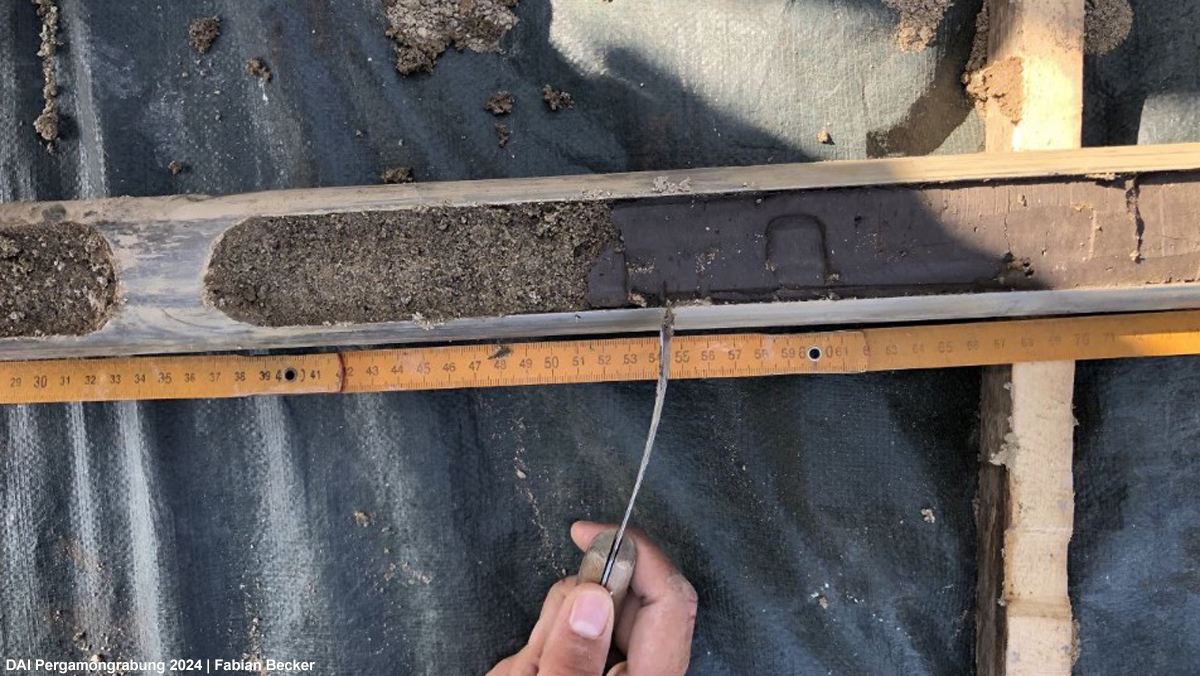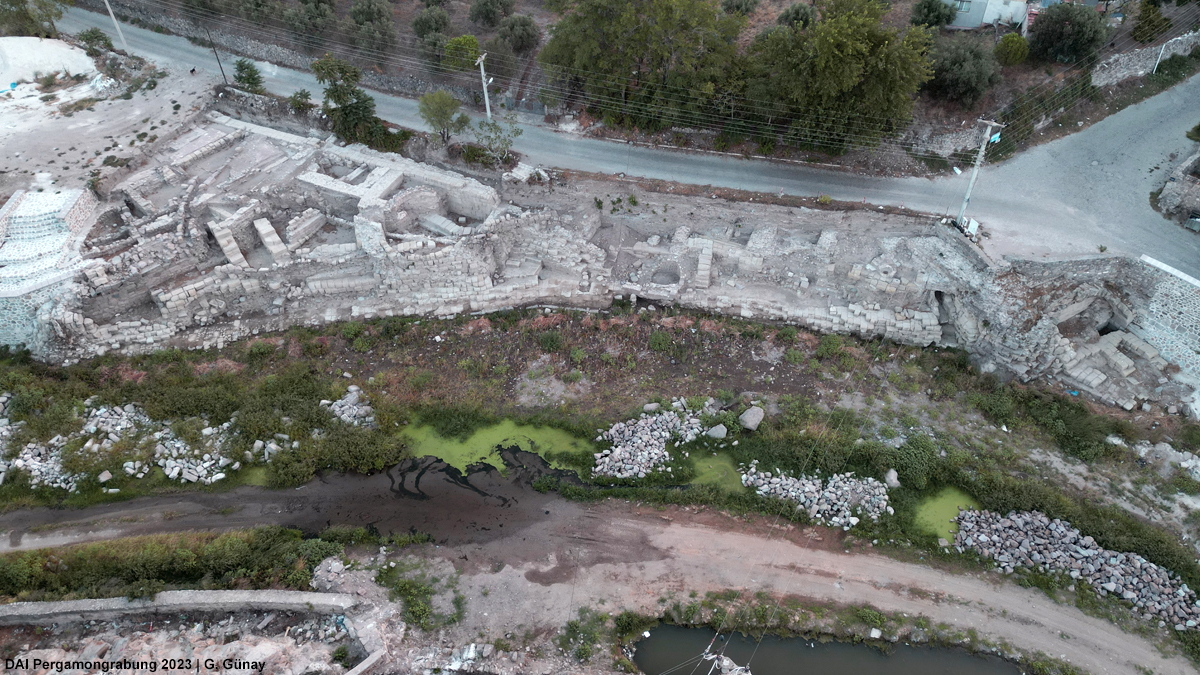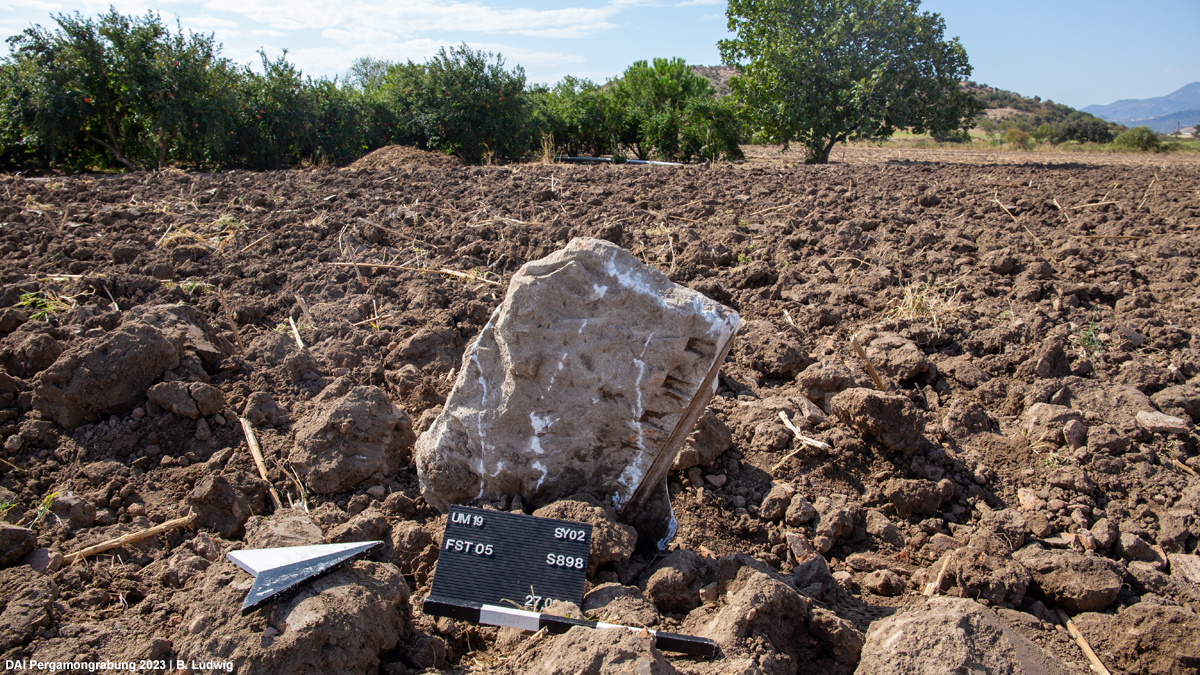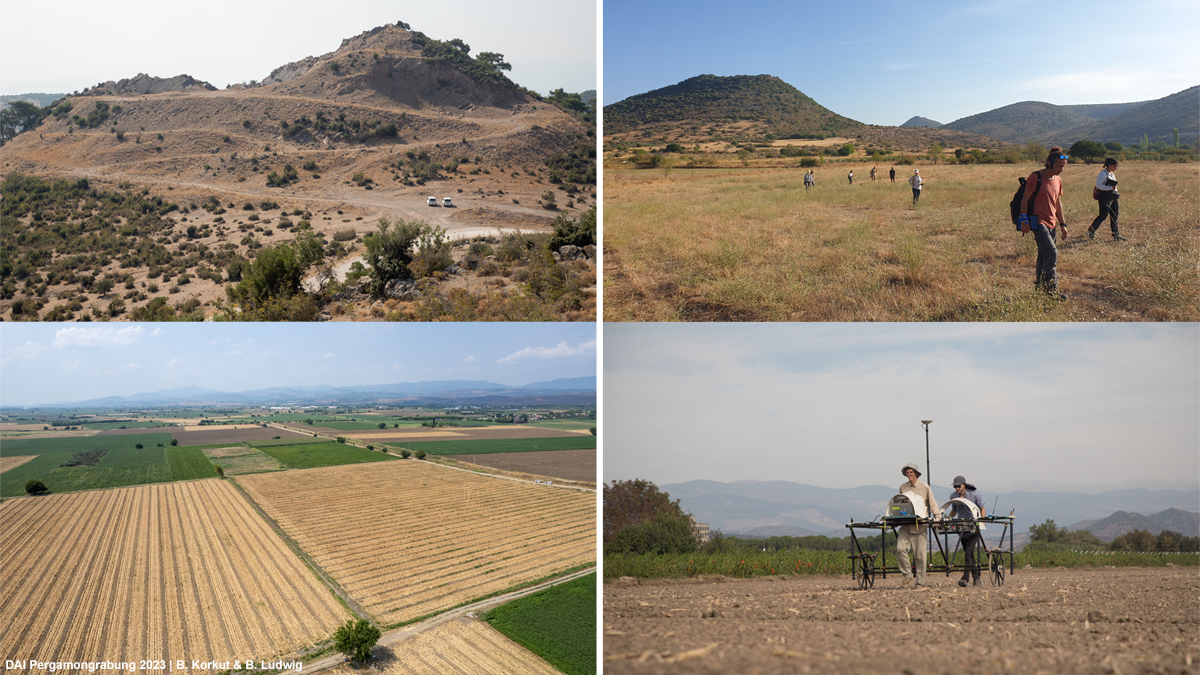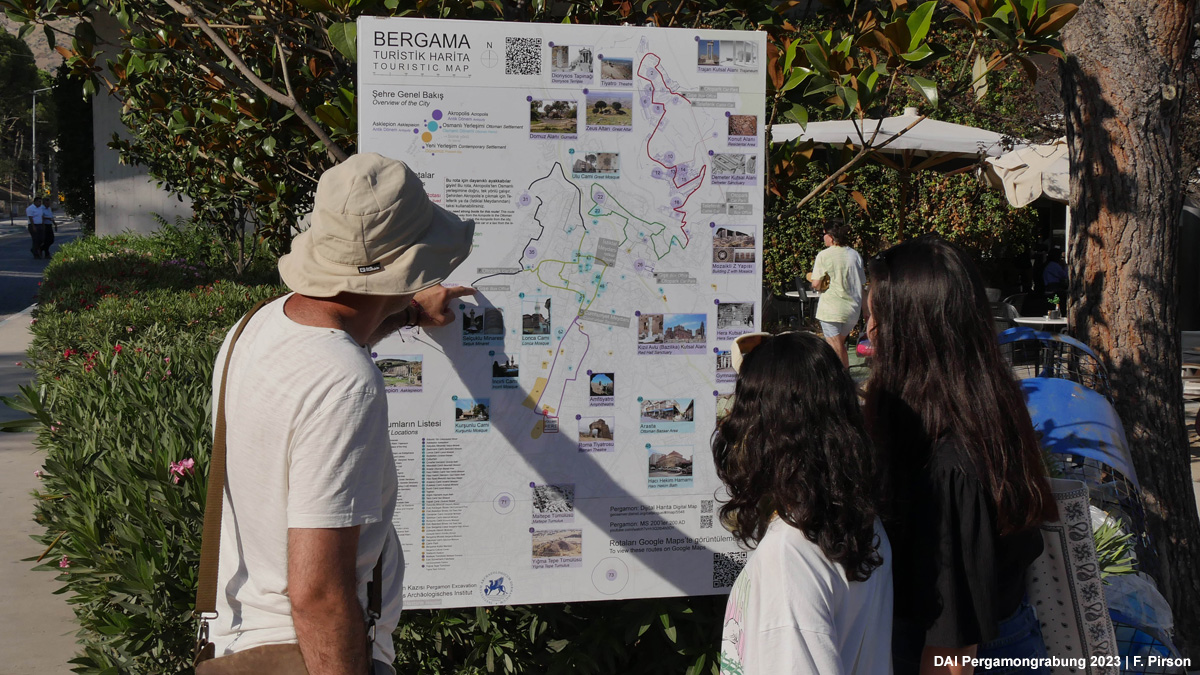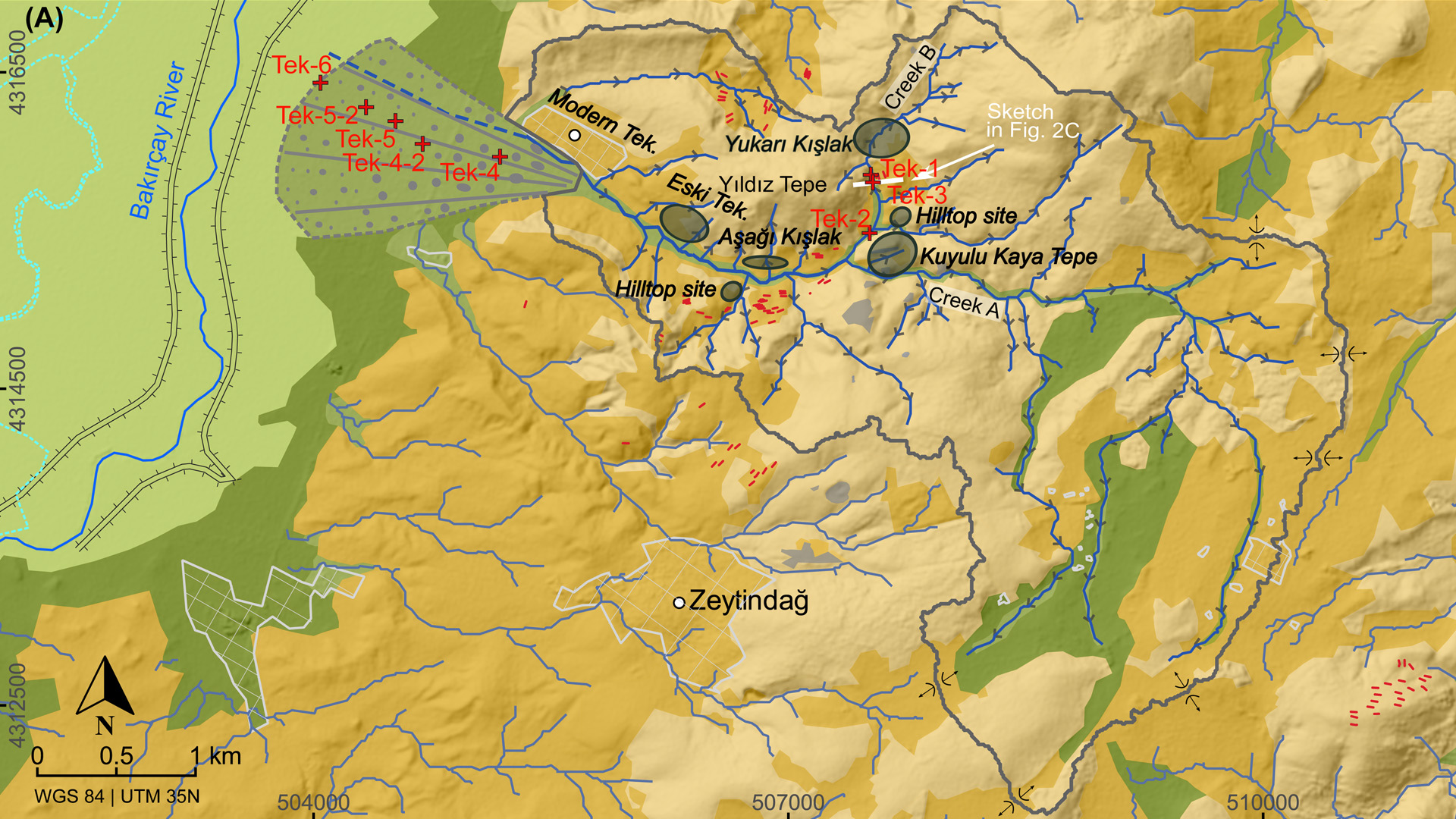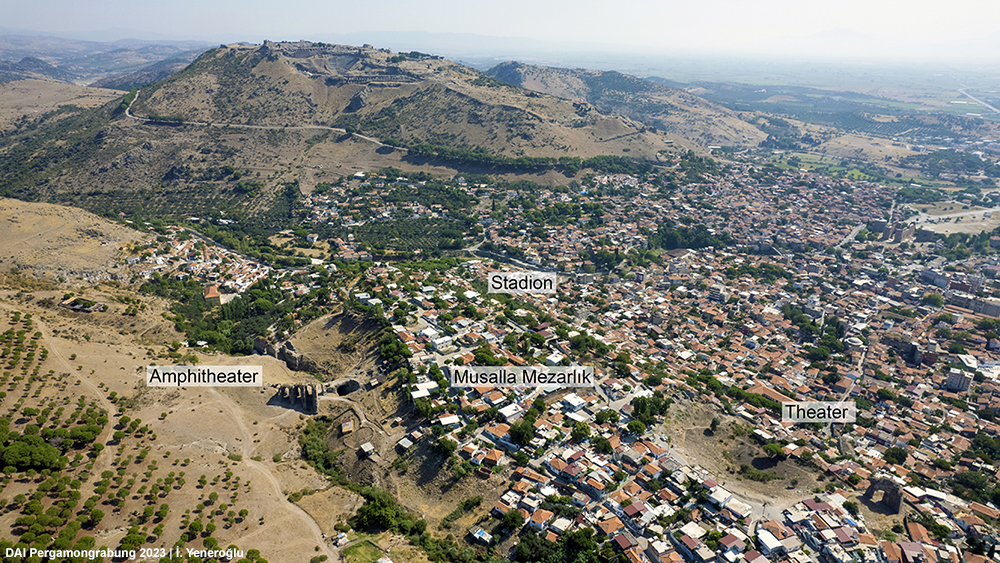Pergamon visits Madrid – LAC 2024
Discover the latest TransPergMicro research presented at the 2024 Landscape Archaeology Conference. We’re excited to highlight Joris Starke’s award-winning poster on the Araplı alluvial fan’s development during the Roman Imperial period. Additionally, delve into Robert Busch’s agro-ecological modeling and Fabian Becker’s analysis of the ‚3rd century crisis‘ in Pergamon. Also featured is Moritz Nykamp’s poster on Göbekli Tepe’s landscape evolution.


